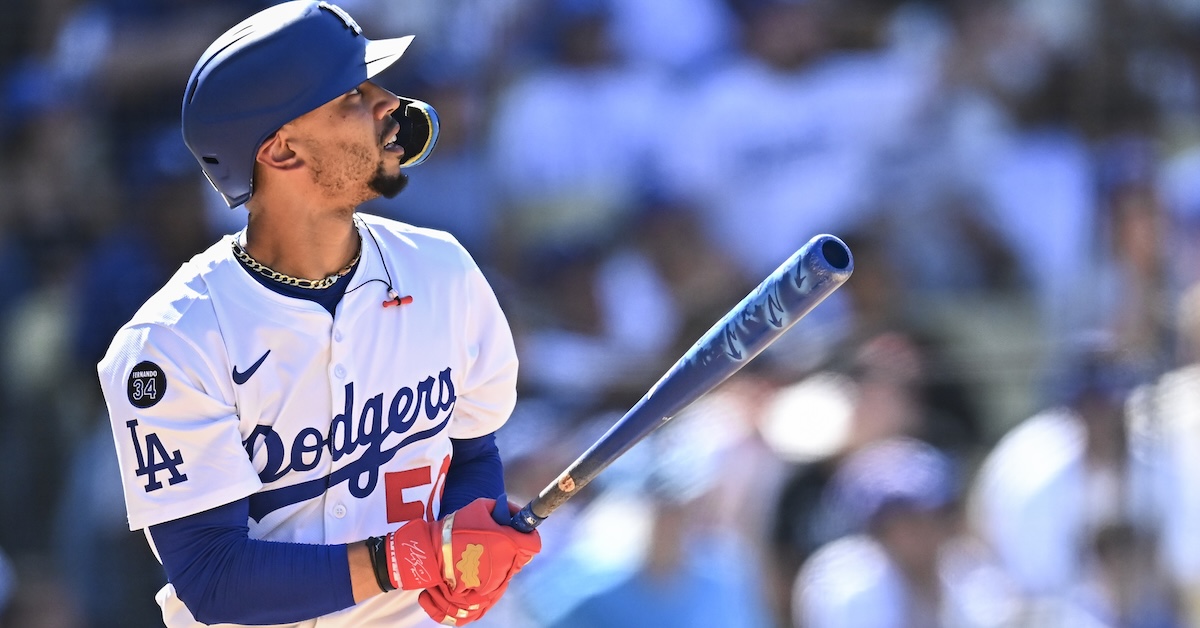Effectively Wild Episode 2374: The Death of Exsportise

Ben Lindbergh and Meg Rowley banter about the deepening twilight of Mike Trout, then (21:19) discuss why the so-called “death of expertise” sweeping society hasn’t swept sports in the same way, before answering listener emails (1:04:01) about whether the Rangers are good, how the count can be “quickly 0-2,” what makes a righty seem like a lefty, whether a player can be unclutch, the Rockies’ run differential, and the other kind of pitch clock, plus (1:37:58) a postscript.
Audio intro: Philip Tapley and Michael Stokes, “Effectively Wild Theme”
Audio outro: Grant Brisbee, “Effectively Wild Theme”
Link to The Athletic on Trout
Link to Woodrum on velo
Link to hitter pitch speeds
Link to previous Trout talk
Link to The Death of Expertise
Link to the WSJ on physics
Link to the New Yorker article
Link to Manfred analytics quote
Link to politics WAR
Link to Democracy at the Ballpark
Link to the Hard Knocks reference
Link to Paine on the Rangers
Link to Dubuque on Helman
Link to previous Burger banter
Link to BaseRuns standings
Link to playoff odds
Link to Brebbia report
Link to leaguewide late & close
Link to Alvarez late & close
Link to worst run differentials
Link to illustrated pitch movement
Link to Statcast spin direction
Link to clock-reading survey
Link to listener emails database
Link to Baseball Reliquary interview
Link to Buehler comments
![]() Sponsor Us on Patreon
Sponsor Us on Patreon
![]() Give a Gift Subscription
Give a Gift Subscription
![]() Email Us: podcast@fangraphs.com
Email Us: podcast@fangraphs.com
![]() Effectively Wild Subreddit
Effectively Wild Subreddit
![]() Effectively Wild Wiki
Effectively Wild Wiki
![]() Apple Podcasts Feed
Apple Podcasts Feed
![]() Spotify Feed
Spotify Feed
![]() YouTube Playlist
YouTube Playlist
![]() Facebook Group
Facebook Group
![]() Bluesky Account
Bluesky Account
![]() Twitter Account
Twitter Account
![]() Get Our Merch!
Get Our Merch!
Podcast (effectively-wild): Play in new window | Download
Subscribe: RSS








